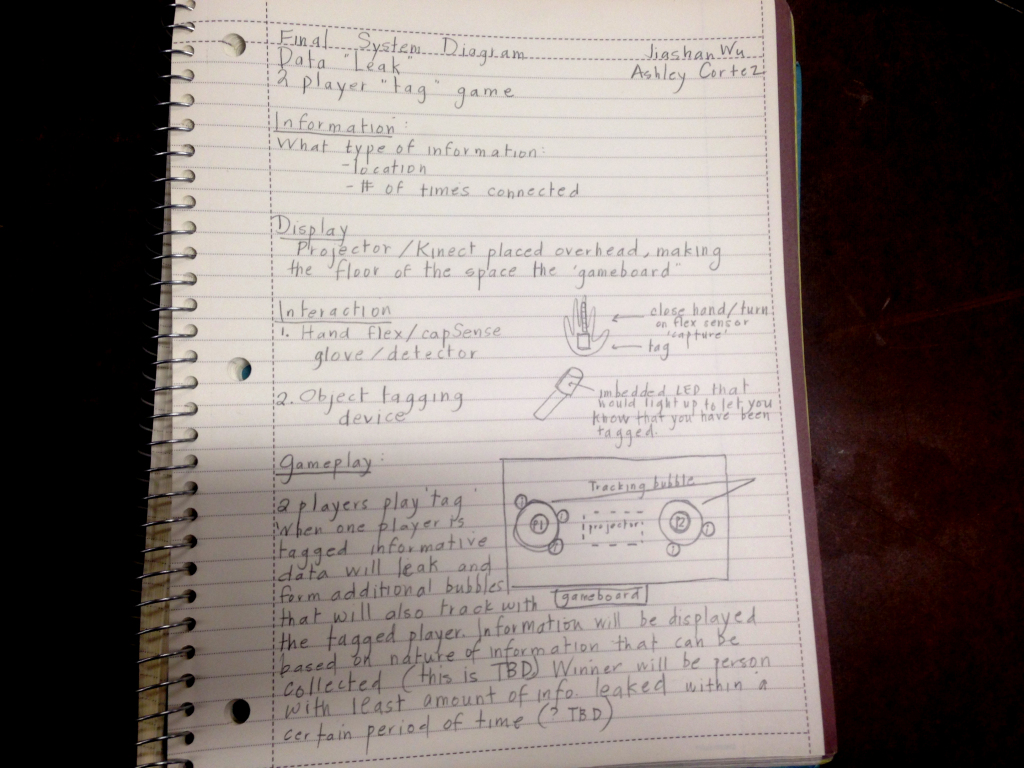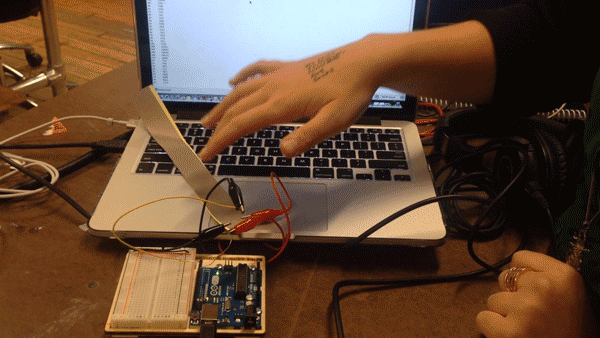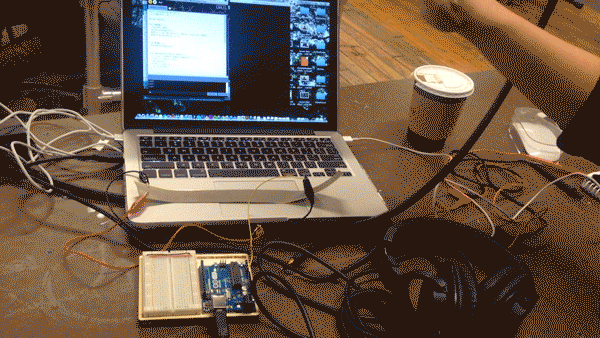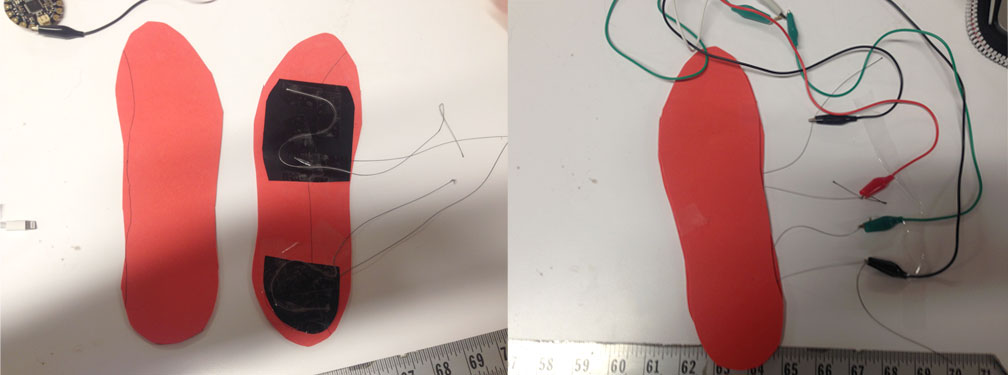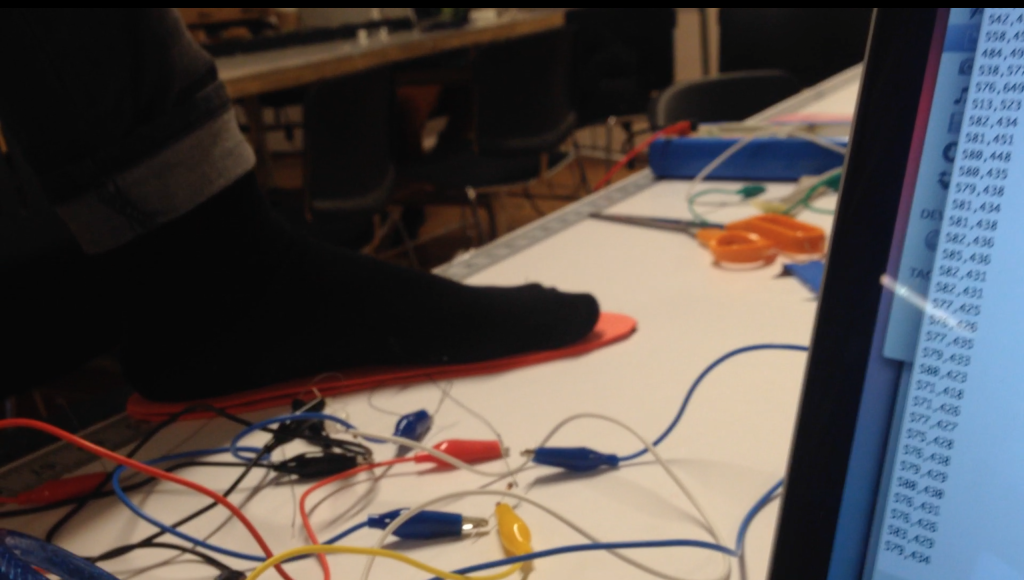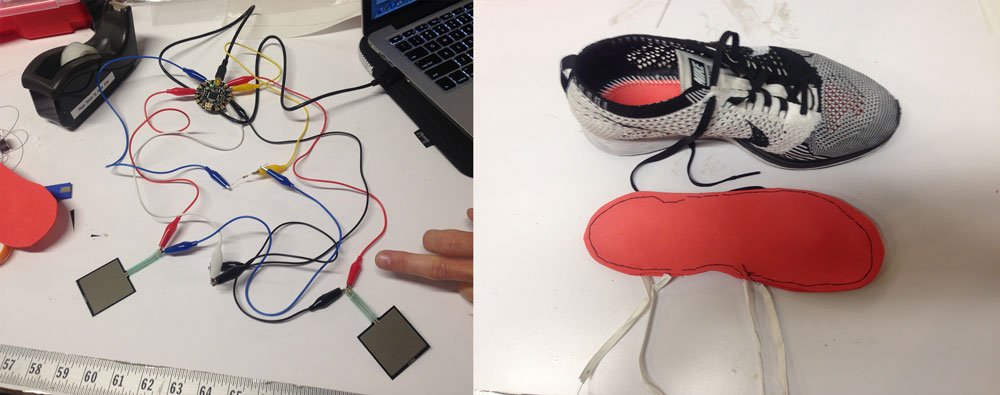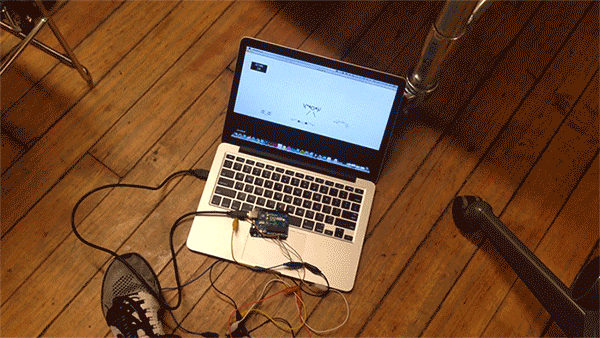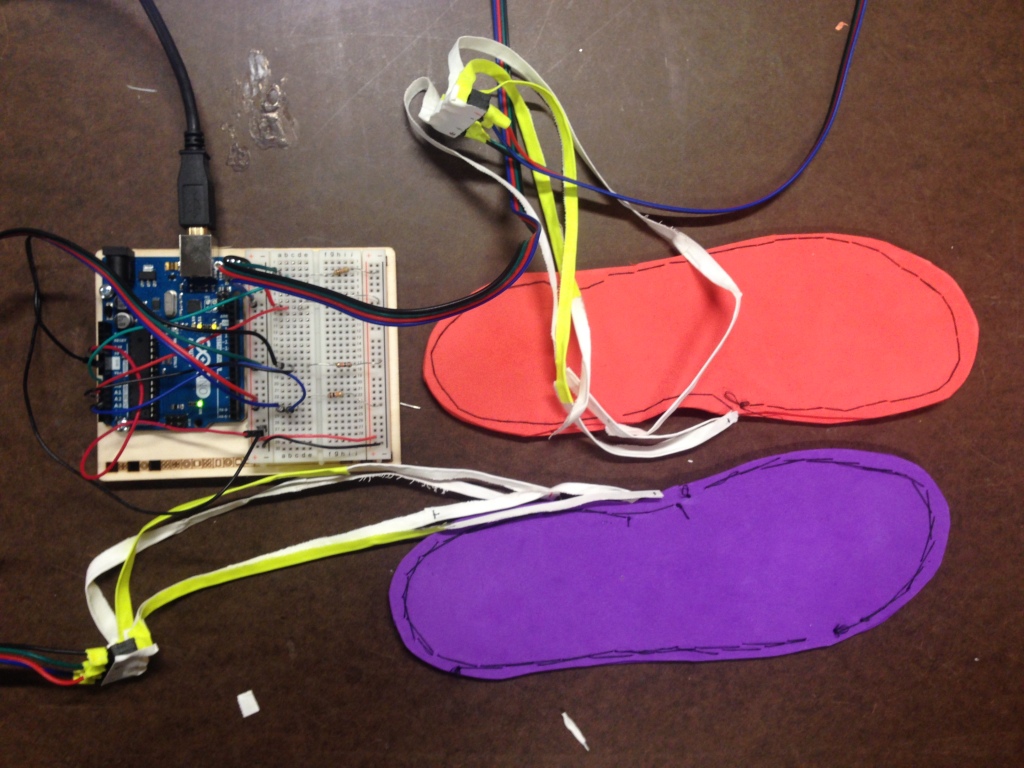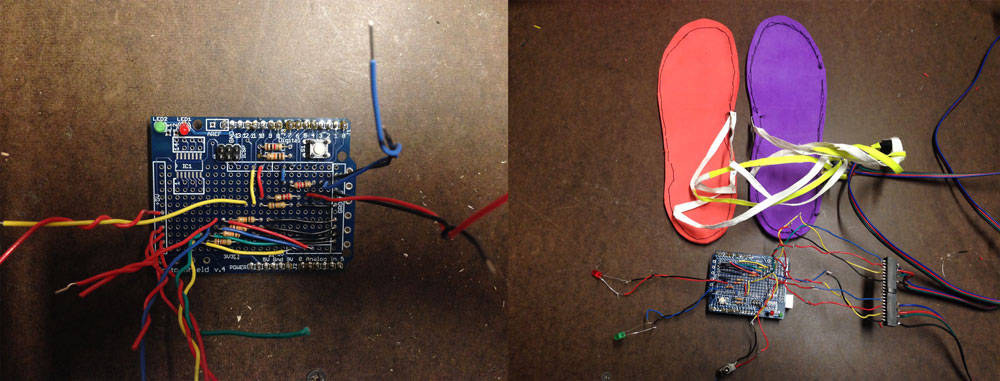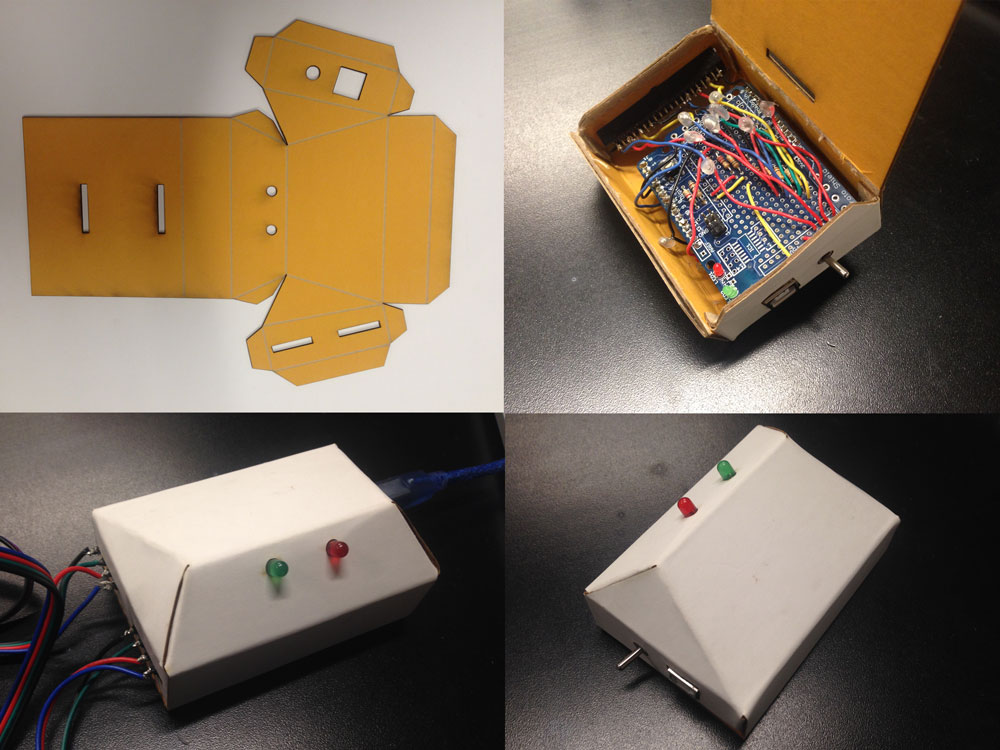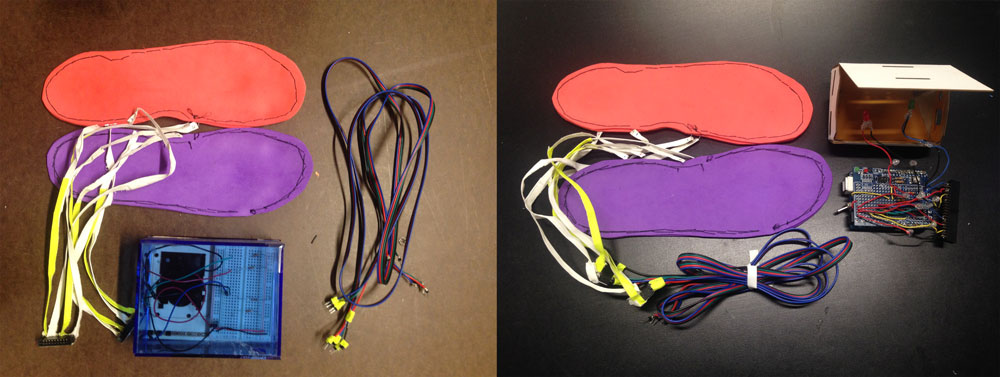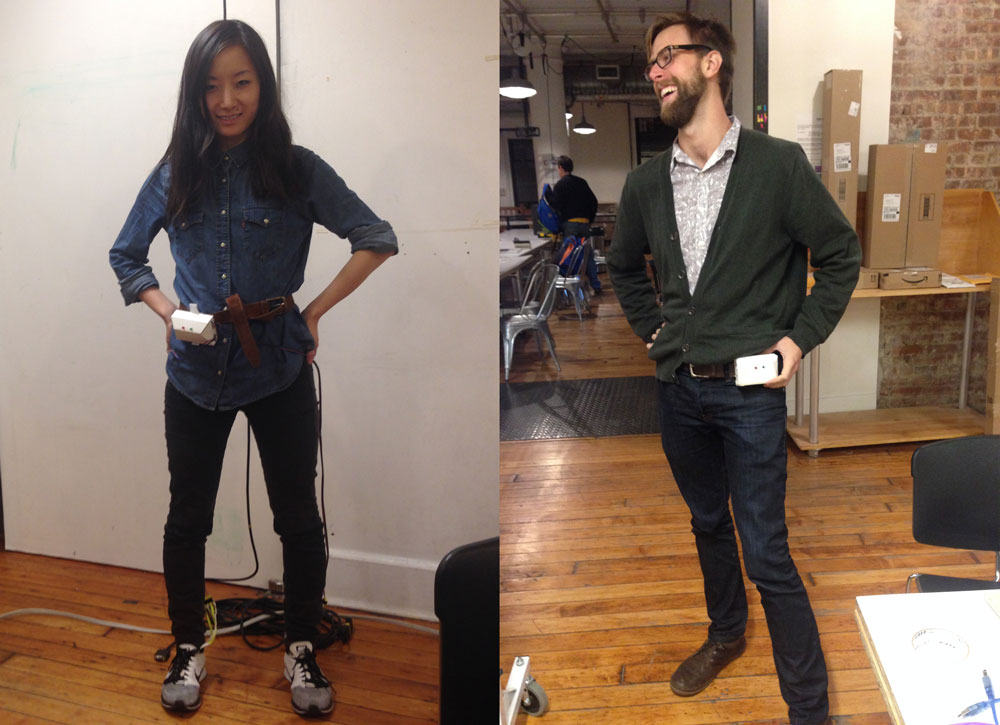Ashley and I are teaming up for our P Comp final project. Combining our earlier ideas of capturing information through a simple gesture and creating a project that informs and provokes, we’ve decided to create a physical interactive game where players “capture” each other’s personal data through a gesture or through tagging.
Concept
Our data is tracked, stored, and sold everyday, with or without our knowledge. Every tiny decision that we make is collected as data about us, affecting how we are defined by algorithms, marketers, and organizations. I don’t think this is a simple, one dimensional issue of whether collecting data is bad. In many cases data tracked about us is used to inform, to delight, or to help us in someway. But at the same time, data can be bought and systems can be easily hacked by people/organizations with self serving, or malicious, or just unknown intentions. Continuing conversation on this topic is important because public perception and attitude to big data would decide how it might be collected and used in the future.
Research references:
The Internet of Things, Privacy, and the New Deal on Big Data
Big Data is Opening Doors, but Maybe Too Many
System Diagram
There are three parts to this project:
- The display or game board would be projected on the floor beneath the players. All information, including rules, timer, data revealed, player location, would be displayed in this projection. The more people play the game, the more data would remain on the display.
- Physical interaction device would either be gloves that can sense the distance of a player’s hand to the other player and a player would capture another player’s data by making a grabbing gesture, or the device would be something each player can hold or wear to tag the other player by touching any part of their exposed skin.
- Data visualization of a player’s personal data would “leak” out on the display when it is captured or he/she is tagged. The more times the player is tagged or captured, the more data would be revealed. The data would be previous locations the player has been to based on wifi history from their mobile phones. This is inspired by ITP alum Surya Mattu’s project From the Dark.
Prototyping
CapSense – for physically triggering an event that would allow data to be displayed.
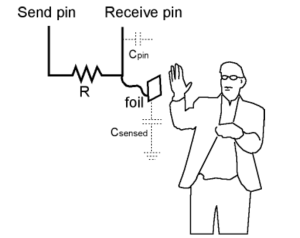
A person (with his/her feet grounded) would change the speed of which the Receive pin receives current from the Send pin.
Flex sensor – for detecting when a player makes a grabbing motion while their hand is close to the other player.
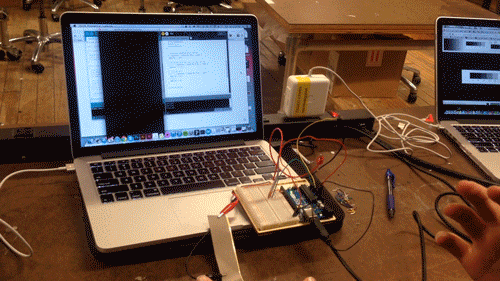
The background is white when only the conductive material is touched. When touching the conductive material and flexing the sensor, the background changes to shades of grays. When only the sensor is flexed, the background is a light gray color.
Questions
- Would people be willing to change their phone’s wifi setting (if necessary) and participate in the game?
- How should we design the game to make it desirable for people to participate?
- Do we want to design an aggressive interactive game experience or a playful one? Would grabbing gesture be better or tagging/touching for the physical interaction between players?
- How big would the game board be? Would it be possible to have more than two players?
- How can we design the game so the rule don’t have to be explicitly stated?
- Should the game be times or should a player win by capturing all of the other player’s data?
Technical questions
- Can we get other data besides location data?
- Would it be possible to overwrite some of the data through the game?
